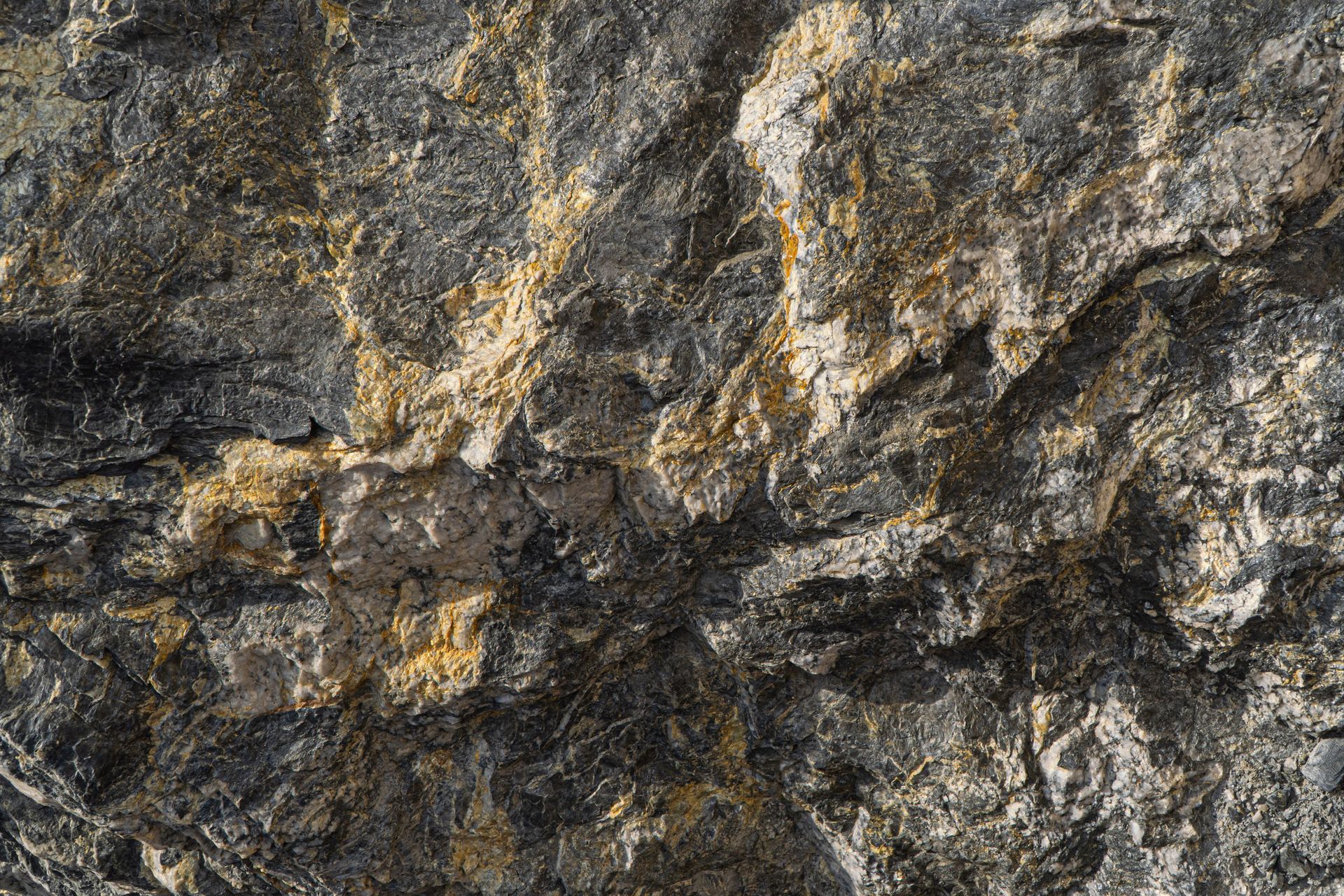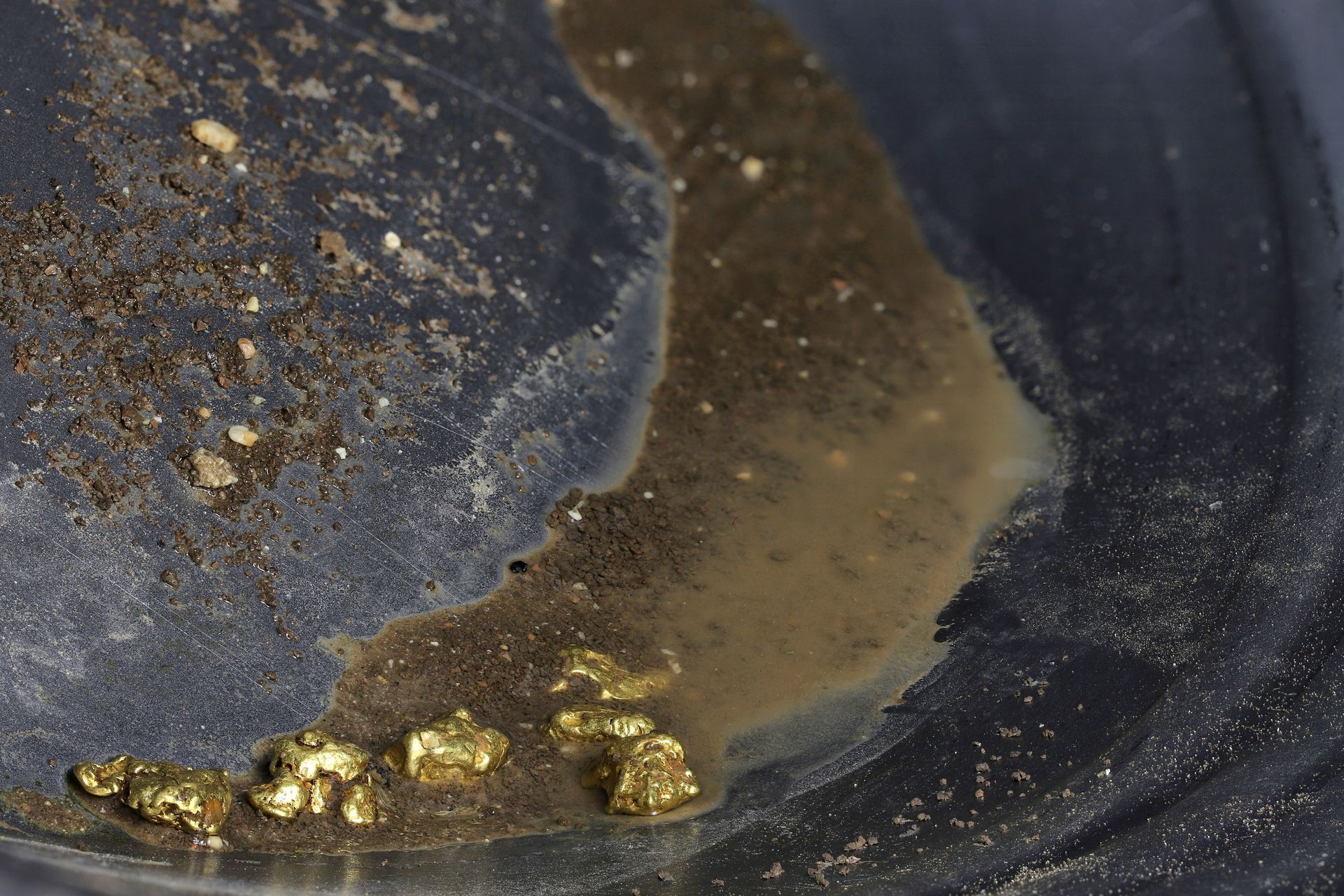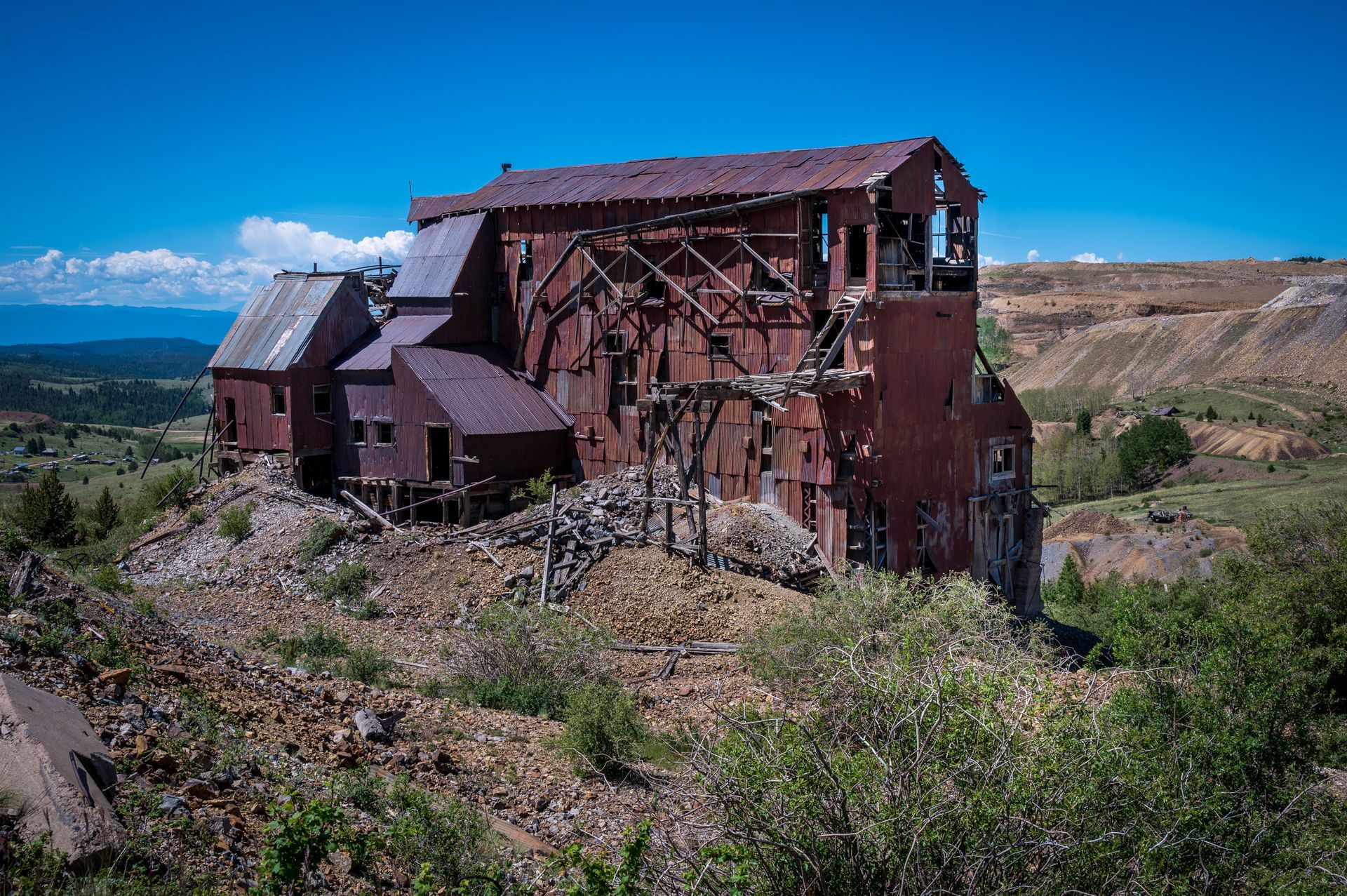Cripple Creek History
A Short History of Cripple Creek, Colorado
Cripple Creek’s history spans millions of years, from volcanic origins to a bustling gold rush town and modern-day tourist destination. Once a hub of gold production, it now thrives with restored historic buildings, vibrant casinos, and scenic beauty, showcasing a remarkable journey of resilience and transformation through time.
Cripple Creek: From Ancient Origins to Modern Revival
Cripple Creek’s story may seem rooted in the bustling gold rush of the late 1800s, but its geological origins began over 60 million years ago. During the Paleocene Epoch, tectonic activity uplifted the region, giving rise to the granite formations that would eventually become Pikes Peak and its surrounding landscapes.
Roughly 30 million years later, volcanic eruptions blanketed the region with mineral-rich material, embedding significant gold deposits deep within the earth. These gold concentrations primarily took the form of rare telluride ores, formed when hot, acidic waters carrying minerals interacted with volcanic rock. The gold within these ores remained virtually invisible to the untrained eye, hidden in microscopic form and locked into tellurium compounds. For millennia, traces of this gold slowly eroded into the area’s streams, offering faint clues to its existence.
Faces of Humanity
Early Discoveries and a Rising Gold Boom
By the late 19th century, Cripple Creek was little more than open ranching territory with a sparse population of under 500 people. Local cowboy Bob Womack made an important discovery in 1878 when he found placer gold—small particles washed into streambeds—but his claims failed to inspire immediate interest. Skepticism persisted until 1891 when Ed De LaVergne, a mineral enthusiast from Colorado Springs, recognized Womack’s samples as gold-telluride ore, similar to rare finds previously documented in Europe. Inspired, De LaVergne staked his claim, and news of gold in the Cripple Creek area quickly ignited a rush of prospectors.
Boomtown Days: Cripple Creek’s Peak
What followed was nothing short of remarkable. From a quiet ranching community, Cripple Creek exploded into a thriving gold mining hub. By 1900, the district swelled with over 55,000 residents. The town transformed into a center of commerce and recreation, boasting 150 saloons, theaters, hotels, and even a bustling red-light district. Infrastructure to support the gold economy grew rapidly, with 41 assay offices evaluating gold content, 46 brokerage firms trading claims, and newspapers serving the diverse community, including its Black residents.
At its height, Cripple Creek housed nearly 500 active mines producing staggering quantities of gold. In 1900 alone, production peaked at over 878,000 ounces. However, the town faced its share of adversity. Fires in 1896 devastated parts of the community, but resilient residents rebuilt, favoring brick and stone over wood. Additionally, labor disputes in 1894 and 1903 tested the strength of the mining workforce and local economy.
Faces of Humanity
Faces of Humanity
Decline and Challenges in the 20th Century
Despite early success, gold production began to wane after 1900. Mines gradually consolidated, and by the 1940s, annual yields dropped significantly to between 125,000 and 145,000 ounces. This decline signaled hard times for Cripple Creek. Jobs disappeared, businesses shuttered, and the population dwindled. By the 1960s, the last major mine closed its operations, and the town was left to survive on seasonal tourism from visitors intrigued by its historic past. By 1990, Cripple Creek’s population had fallen to fewer than 600 residents.
A Modern Revival: Casinos and Mining Return
The town’s fortunes took a dramatic turn in 1991 with the legalization of limited-stakes gambling in Colorado. Cripple Creek’s historic buildings, particularly those along Bennett Avenue, found new life as restored casinos. This initiative brought renewed economic energy and sparked a tourism boom.
Mining also saw a resurgence. By 1995, operations at the former Cresson Mine site resumed under the Independence Mining Company, later acquired by Cripple Creek and Victor Gold Mining Company. Today, the Newmont Corporation operates the mine, producing over 250,000 ounces of gold annually, ranking it among the largest active gold mining operations in the continental United States.
Faces of Humanity
Cripple Creek Today: A Blend of History and Tourism
Modern Cripple Creek strikes a balance between its storied past and vibrant present. The town, now home to around 1,155 residents, continues to attract tens of thousands of visitors each year. Drawn by the charm of its restored historic architecture, bustling casinos, and scenic mountain setting, tourists explore a community that has survived fire, economic hardship, and changing fortunes.
From its ancient geological origins to its days as a gold mining powerhouse and its present as a lively tourist destination, Cripple Creek remains a symbol of resilience and transformation—a true testament to its rich and layered history.




